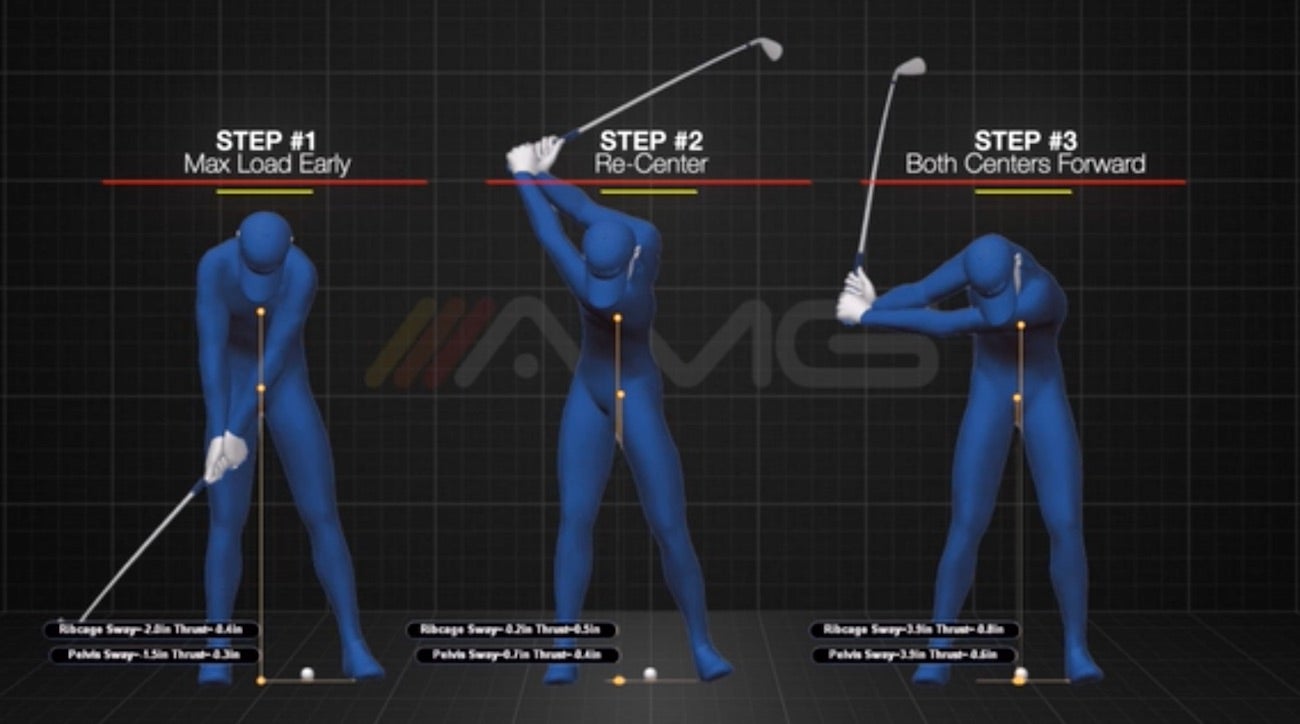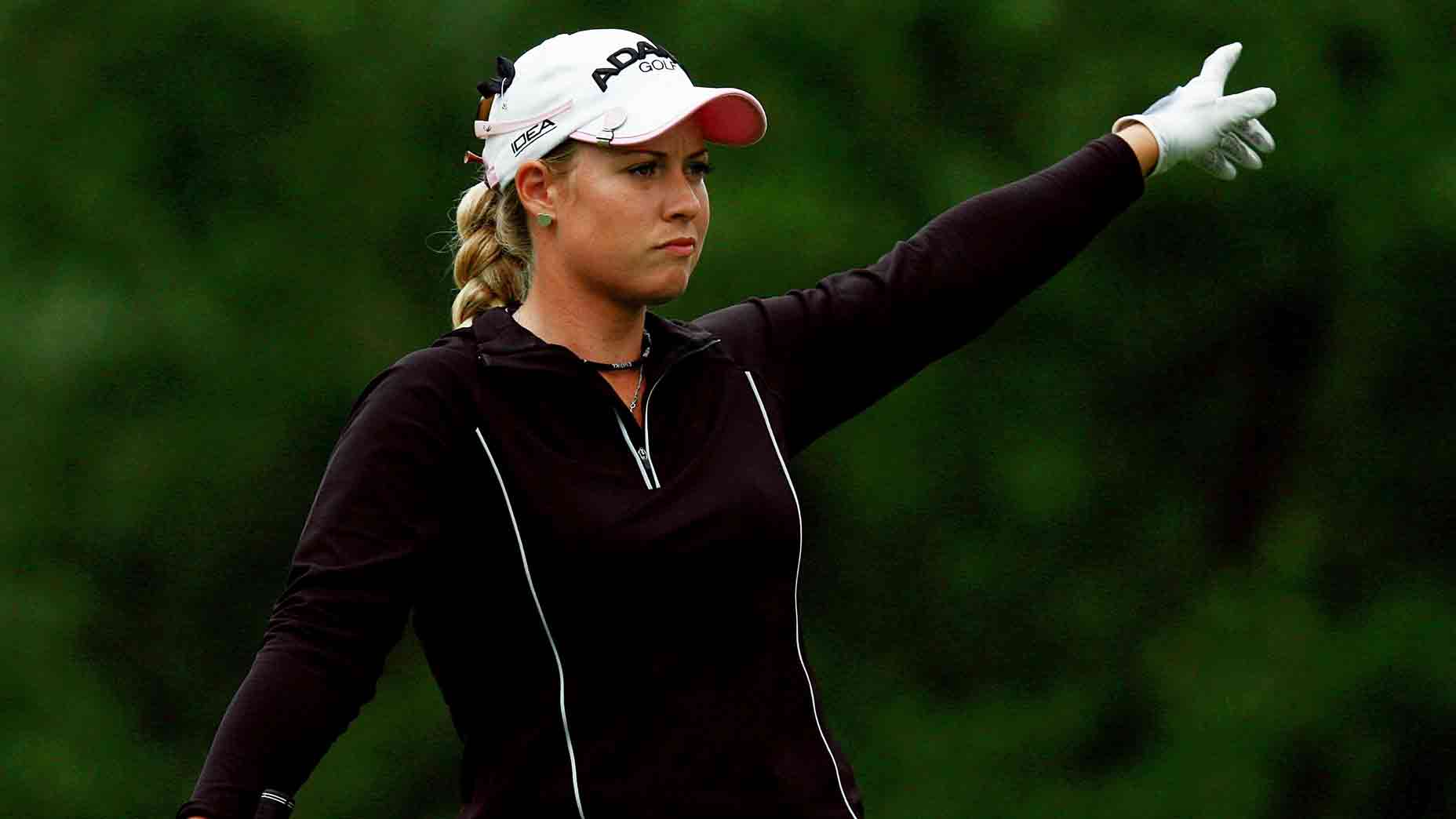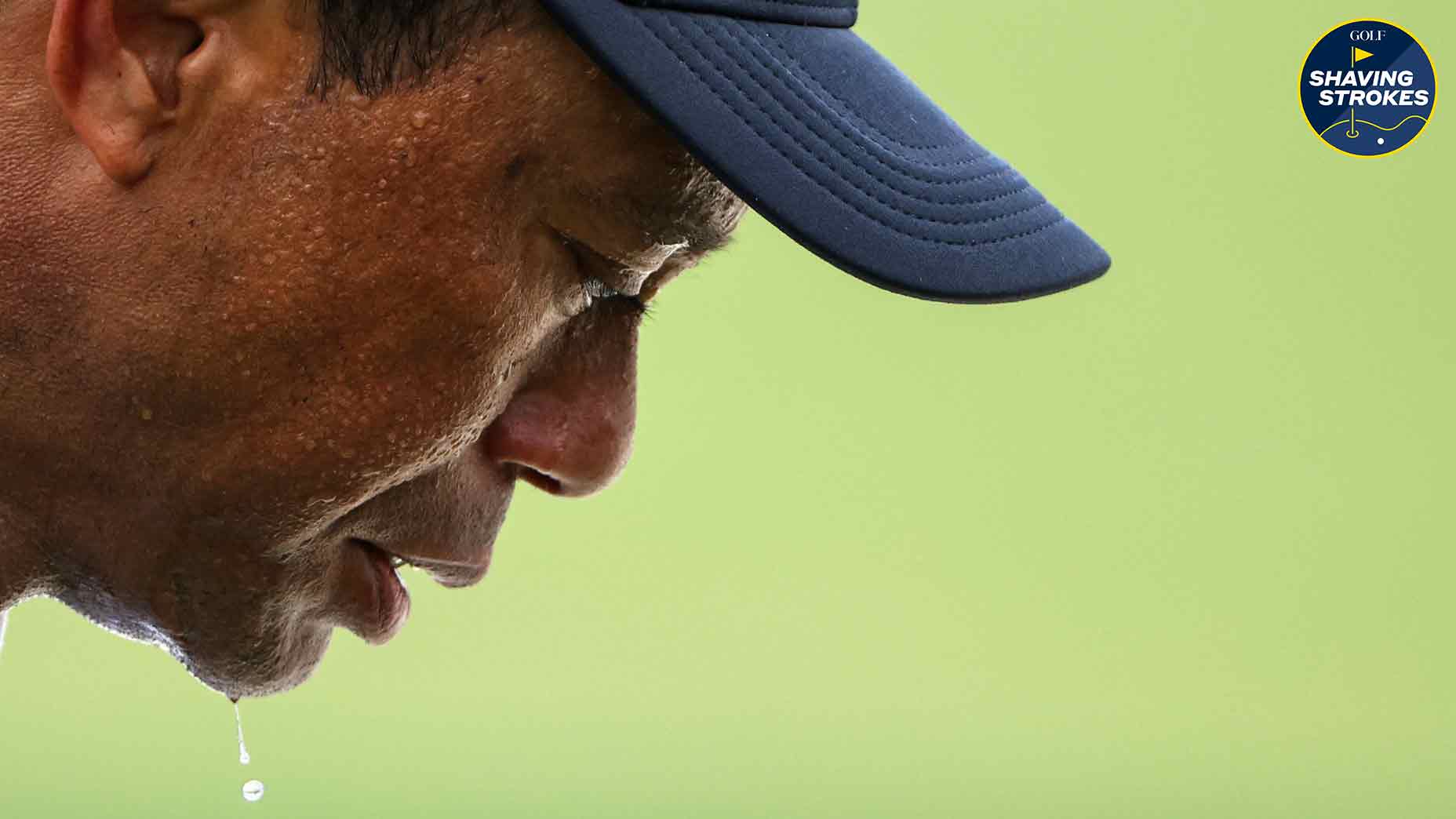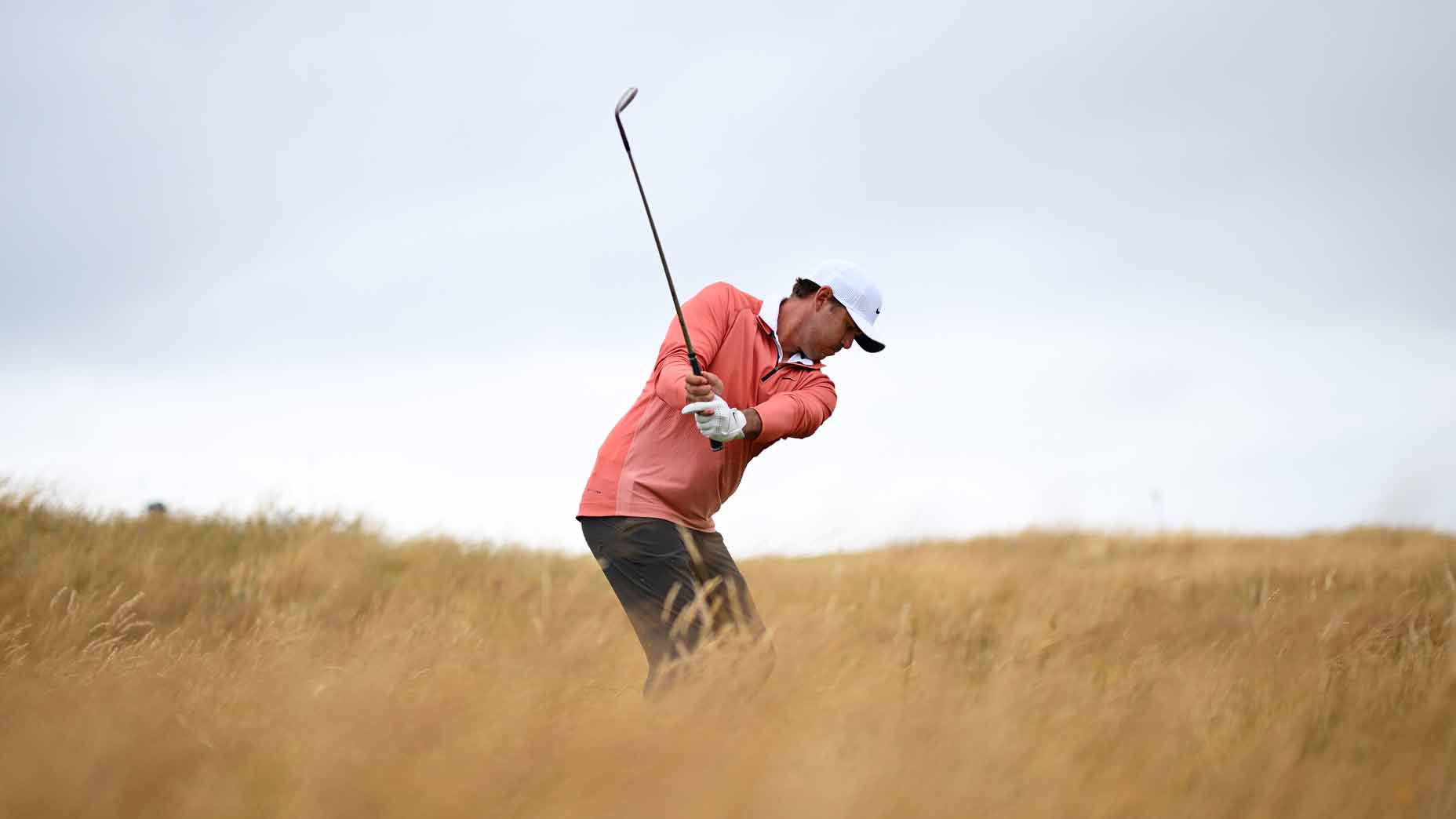This NYC firefighter shaved over 10 strokes by eliminating fat shots. Here’s how

Can't stop hitting fat shots? Try the same steps this firefighter did to improve his ball-striking!
YouTube/EricCogornoGolf
Welcome to Shaving Strokes, a new GOLF.com series in which we’re sharing improvements, learnings and takeaways from amateur golfers just like you — including some of the speed bumps and challenges they faced along the way.
For anyone who frequently hits fat shots, you know the feeling: one chunk leads to frustration, which in turn can cause all sorts of confidence issues.
That’s because everything can (seemingly) go right in the golf swing, but when it comes to actually making impact with the ball, it just doesn’t go where you expect it to.
That was the problem for a New York City firefighter named John M, who recently tapped golf instructor Eric Cogorno to help correct a common issue: Hitting fat golf shots.
Says Cogorno: “When John and I first got to the range, he told me, ‘I don’t feel like I know where the ball is going, even though I do swing the club a lot. I feel like I’m trying not to miss.’
“He also said that if he hits a bad shot, he doesn’t know why, which causes him to get panicky because he doesn’t even know what to fix,” adds Cogorno. “Misses make you lose trust and confidence in your process, and it can lead to overthinking mechanics or having negative swing thoughts.”
So Cogorno went to work, spending time with John at the driving range to give him a lesson, restore the confidence in himself, and fix the issues he had with fat shots and pulls once and for all.
Check out the video below and read on for Eric’s tips to understand how he helped rejuvenate the firefighter’s golf game!
Follow these steps to avoid hitting fat shots
John started warming up and hitting shots, and it became very clear that we had two problems to solve.
First, it was trying to figure out why he often hit fat shots and what we could do to fix that. The second issue was trying to have him stop pulling the ball so frequently.
We focused on the fat shots first, since low point control and making solid contact is the most important fundamental in golf. Establishing ball flight or a predicable curve/shot pattern comes after low point control.
Fixing John’s fat shots
While watching John, I noticed that his setup was pretty neutral and centered, with his weight starting at 50/50 in his feet; which is great! From there, there’s always going to be a correlation with where the golfer’s body moves, or their “weight shift,” and where the club is going to hit the ground.
So the more the golfer shifts any part of their body away from the target (towards the trail side), that would increase the odds of them hitting the ball fat. Ideally, John wouldn’t shift so far towards the trail side on the backswing.
This concept also applies during the downswing.
So John had to make sure he shifted his body forward on the way down, meaning more emphasis on the lower body than the upper body. This would make it easier to hit out in front of the ball.
John shifted a little bit too much away from the target during the backswing, which we simply call “shifting into the trail side.”
When I analyzed the weight in his feet at the top of the backswing, I could see the weight was on the outside part of his trail foot. I would say 80% of his weight was on his trail foot, and maybe 20% was on his lead foot at the top. In a perfect world, to hit the ball more solidly and consistently, I’d look to keep it 50/50 at the top.
You never want the weight to roll to the outside of the trail foot, as there’s no benefit to that. You can keep it on the inside of the trail foot and then really push off that to start down.
Now, since John shifted too much away from the target during the backswing, he had to really make sure he shifted forward enough on the way down. When we compared John to a model swing and looked at the front side of his hip, he didn’t shift forward enough on the way down.
At impact, I’d say his weight was just 50/50 like it was at setup. It should be more forward, say 70/30 or so on the lead side.
So the key takeaway here is that you want to minimize the shift away from the target if you struggle with fat shots.
Pulls
The reason John pulled to the left was twofold.
Number one was setup related. His shoulder alignment was a little bit too open and pointed to the left.
Number two was his swing path. The club was swinging over the top and too far to the left, which was to compensate for an open shoulder alignment. I also noticed that his hand path was working outward too much during the takeaway.
We worked on closing John’s shoulders by pulling his trail shoulder back at setup, then neutralized his takeaway to help him swing from the inside more.
Since John went too outside with his hand path during the takeaway, he essentially had to get the butt of the club to hit his trail leg. This cue helped him learn how he needed to feel to find a neutral takeaway hand path.
So the two things that are going to help John fix his pulls are closing the shoulders at setup and having the hand path work further in during the takeaway.
Conclusion
I believe if John just focused on staying more centered in the backswing and shifted more forward on the downswing, that’ll clean up almost all of his fat shots. If he just focuses on closing his shoulders a little bit (just to get them square) and neutralizing his takeaway hand path, that’ll make his swing work from inside, thus fixing his pulls.
By doing both of these things, he should hit really solid, high, tight draws.
Like John, when you’re practicing and changing something in your swing, it has to feel weird and very exaggerated. I then recommend recording your swing in order to make sure that you’re exaggerating enough.
Rukket Sports Pathfinder Impact Mat™
$69.99
View Product















